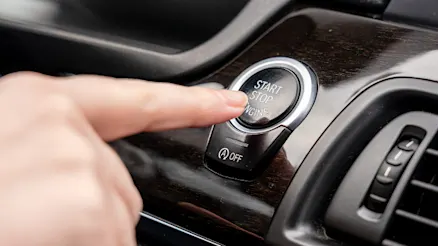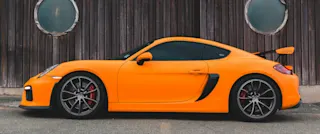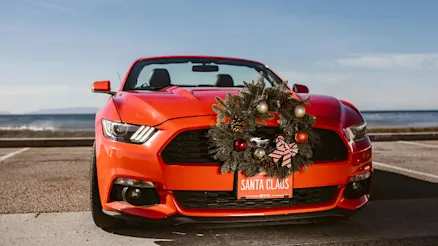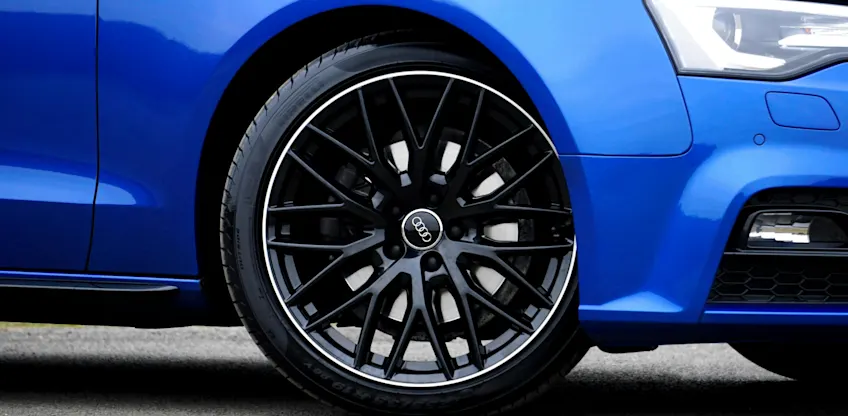
Why does my car behave differently when I start it in the morning?
Ever notice your car feels different in the morning? Learn why cold starts affect performance and how to keep your car running smoothly year-round.


Ever notice your car feels different in the morning? Learn why cold starts affect performance and how to keep your car running smoothly year-round.

Regularly checking your tyre pressure is crucial to your vehicle’s safety, fuel economy and optimal driving.

Looking for the perfect gift for the car enthusiast in your life? Carma’s experts have you covered.
How important is your car colour in Australia? Just how much does car colour matter to the typical Aussie driver? You might be the kind of person who couldn’t care less about the colour of your car – or maybe you’ve been thinking about a custom paint job for your ride. Either way, you might be surprised by the effects that car colour can have on costs, car temperatures and even safety. Let’s take a look at local colour trends and the reasoning behind them.
It might not surprise you to learn that Australia’s most popular car colour isn’t a colour at all, but rather the absence of it; white cars account for a massive 40% of the market. 21% are black cars, followed by grey at 15%, and silver at 9%. And in fact this love for greyscale extends much further than our own shores. Globally speaking around 82% of all cars sold are either white, black, grey or silver, according to leading automotive paint supplier Axalta. That only leaves around 20% for more vivid vehicle colours.
Well, it’s often cheaper to buy a white car new, or at least to choose non-metallic options. White and lighter colours absorb less heat, and can be cooler in the Australian climate (therefore using less fuel to keep cool). The temperature difference between a light and dark-coloured car on a hot day can actually be as much as 12°C. White panels can also be simpler to repair, repaint and replace than metallic paint or a unique colour.
With these factors, it’s not really surprising that many people see it as a safer choice for resale value. There’s also a theory that white became a much more popular option after the Apple iPod made its debut in 2001, which showed that white could be modern and sleek rather than simply a hire-car choice.
Car insurance costs quite possibly could depend on car colour. The Insurance Council of Australia (ICA) has acknowledged that the type and colour of car paint is a factor that car insurers consider when calculating premiums. And the research on safety backs this up: 2007 research out of Monash University showed a statistically significant relationship between vehicle colour and crash risk. Colours that were lower on the visibility index, such as black, blue, grey, green, red and silver, were associated with a higher crash risk than plain old white.
Of course, the colour of a car won’t automatically keep anyone safe on the road. But in an ideal world, maybe we should all be driving in bright orange or neon yellow vehicles. Speaking of which –

When we think about popular car colours through the decades, it’s easy to be envious of the wild hues that used to be available. It didn’t necessarily start that way: in the first era of mass-produced cars Henry Ford is reported to have said, “Any customer can have a car painted any colour that he wants, so long as it is black.” But from around the 1920s, car colour options started to expand as paint formulations improved.
Fun fact: Did you know that when the first metallic car paints came out in the 1930s, they were made out of fish scales? Apparently it would take the scales of around 40,000 herring to make a single kilo of paint.
Colour choice soon became a big selling point, and car colours have reflected our social attitudes in every decade since. So how did we get from the amazing colour selections of the 50s and the 80s, to the more muted and flatter tones of today? It turns out that the modern flat or putty-style colour trend might all be inspired by an Audi hue called Nardo Gray. There’s also a link between people choosing safer car colours in a tough economy. But generally speaking, supply meets demand. Car colours are painstakingly considered for the current market, tailored to each generation’s taste, and even tested under different lighting to make sure they’ll have maximum appeal.
Car colours also vary wildly by the type of car you choose. Some makes and models are more likely to offer fun colours because they’re adventurous by nature, like Jeeps and the Suzuki Jimny.
Do you prefer a neutral hue, or something you can easily spot in a crowded car park? Or do you only focus on what’s under the hood? Wherever you stand on vehicle colour, Carma makes it simple to filter and find your next pre-owned car – whether you’re looking for yellow shades, blue tones, or a different factor altogether like low kilometres.
And if your new second-hand car doesn’t match your lifestyle (or even your outfits), you can return it within 7 days for a complete refund. Click here to start your search.